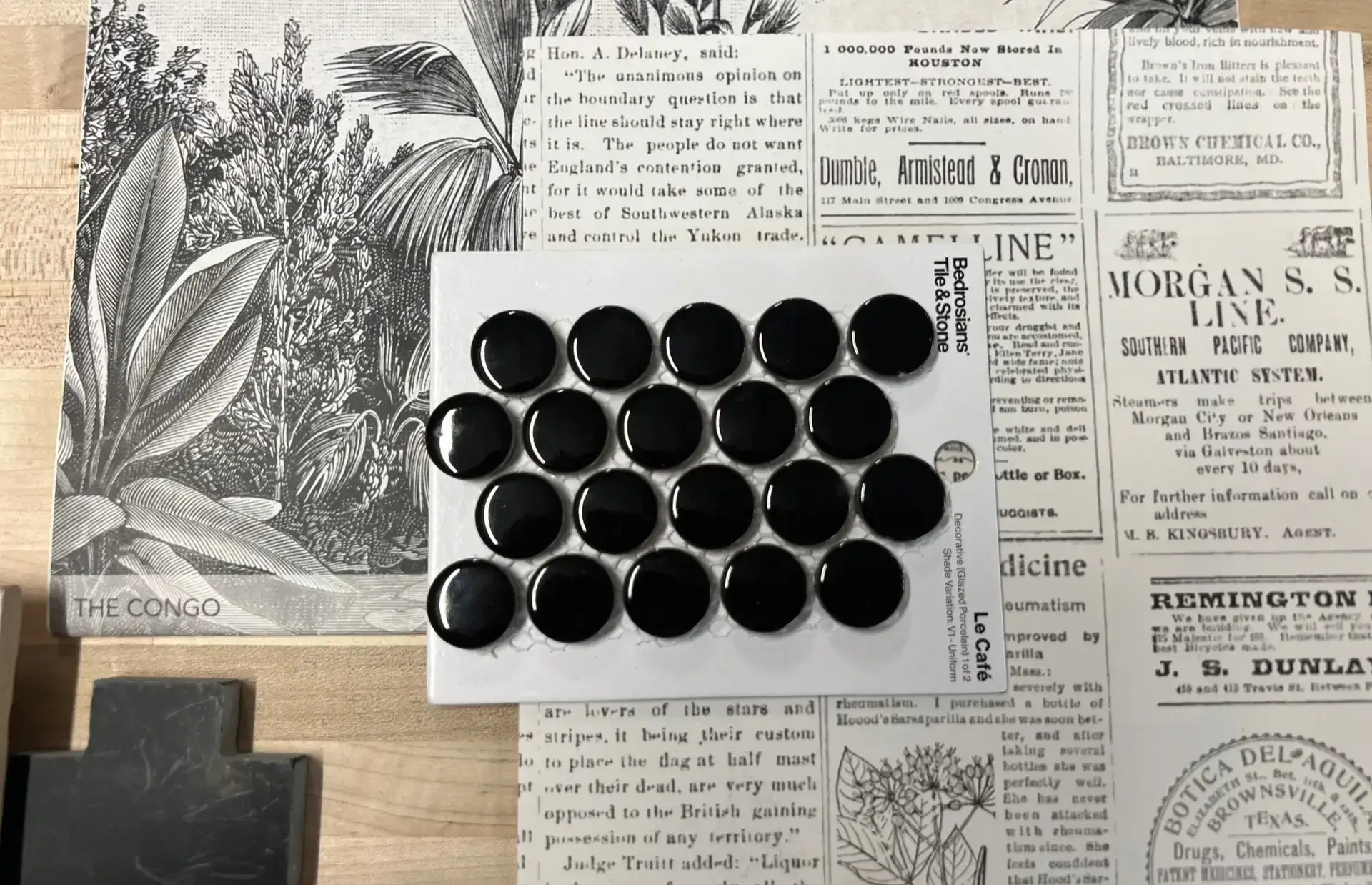…I love thee to the depth and breadth and height
My soul can reach, when feeling out of sight
For the ends of being and ideal grace.
I love thee to the level of every day’s
Most quiet need, by sun and candle-light…
To me, great design is a love affair with balance, light, harmony, function…and fun. It is romantic and personal, like great poetry. And it is timeless, relevant and universal, like a Shakespearian play. And a challenge, like a puzzle to solve.
Although not every design project is going to end up being a famous work like Elizabeth Barrett Browning’s Sonnet 43, or as memorable as Shakespeare’s Romeo & Juliet, every design project should balance the client’s unique needs and personality with great aesthetics – strong themes that run through it all to optimize and enhance the space.
Recently, we sent out a short survey to understand the “average joe” perceptions on the value of design (and by default, designers). The results showed a few misperceptions I’m happy to bust…in a two-part series. There was that much. And I’m a bit wordy.
So let’s start with: What is great design?
It’s simple: Loving to be in your space.
There can be this idea out there that great design has to be some short of “shock & awe” strategy. I suppose it can be – if that’s your personality and desired use of space – but most great design is, for the most part, understated. Elegant. Classic and modern. It offers good scale and balance. It combines form and function, in an expert reflection of your life and lifestyle. Great design doesn’t have to make the cover of Architectural Digest or Interior Design to be great. It would be nice, but not necessary. It does, however, have to make you happy to be in your space for as long as you want to be in it. As one survey respondent said about great design’s impact on overall satisfaction: “…without it, you could end up in an uncomfortable space that’s like a great looking pair of shoes that you hate wearing…” No one has time for that.
Great design also, as another respondent perfectly said: “..creates unexpected optimizations that would otherwise be missed.” I sat and pondered that for a while. After reading a Cliff Notes version of a recent session at the International Builders Show (put on by the National Association of Home Builders) on the state of construction, the impact of that statement is clear. Remodeling is expected to grow to more than 50% of residential construction spending in 2025, and people building new homes are opting for smaller spaces that are better used. That means most of us want every bit of our personal and professional spaces to make sense. Great design adds value by knowing how to add greater relevance to our lives. Better, not bigger.
Finally, great design is sustainable. It is anchored in enduring design principles. As the saying goes: Fashion fades; style is eternal. Interestingly enough, the interior design industry contributes more than 10 million tons annually to landfills. The use of higher quality materials, and modern yet classic styles is an enduring approach that reduces environmental impact AND allows for trends in furniture and decor. Granted, “style” is subjective. But great design should survive well into the future. The last thing anyone wants or needs anymore is to succumb to a hot trend of the day that quickly becomes one of tomorrow’s more regrettable design moments. (Can you say “deco bands?” Oh yeah, I went there.)
Case in point: Pantone tells us the Color of the Year is “Peach Fuzz.”
So naturally, great design leads us to the value of great designers. But I’ll save that bit of misperception busting for the next blog. Spoiler alert: designers do more than “…pick paint colors and furniture…” Ey-yi-yi.

